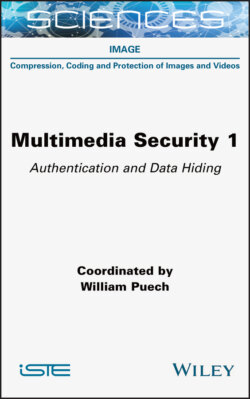Читать книгу Multimedia Security, Volume 1 - William Puech - Страница 48
1.7. Direct detection of image manipulation
ОглавлениеTo detect a particular manipulation, one must first be aware of the existence of this type of manipulation. As new manipulation possibilities are continually being created, it is necessary to continually adapt to new types of manipulation, otherwise the detection methods quickly become outdated. To break out of this cycle, several methods seek to detect manipulations without prior knowledge of their nature.
Recently, generative adversarial networks (GAN) have shown their ability to synthesize convincing images. A GAN is made up of two neural networks competing against each other: the first network seeks to create new images that the second one fails to detect, while the second network seeks to differentiate original images from the ones generated by the first network.
Finally, the most common example concerns the use of automatic filters offered by image editing software such as Photoshop. Simple to use and able to produce realistic results, they are widely used. Neural networks can learn to detect the use of these filters or even reverse them (Wang et al. 2019), the training data can be generated automatically, but must deal with the immense variety of filters existing on this software.
Figure 1.15. Structure of the Mayer and Stamm (2019) network to compare the source of two patches. The same first network A is applied to each patch to extract a residue. These residues are then passed on to a network B which will compare their source and decide if the patches come from the same image or not
Recently, Siamese networks have also been used for the detection of falsification (Mayer and Stamm 2019). They are bipartites, as shown in Figure 1.15. They consist of a first convolutional network that is applied independently to two image patches to extract hidden information from each, and then of a second network that compares the information extracted on the two patches to determine whether they come from the same picture. A big advantage of these methods is the ease of obtaining training data, since it is enough to have non-falsified images available and to train the network to detect whether or not the patches were obtained from the same picture. An example of detection with Siamese networks can be found in Figure 1.16.
